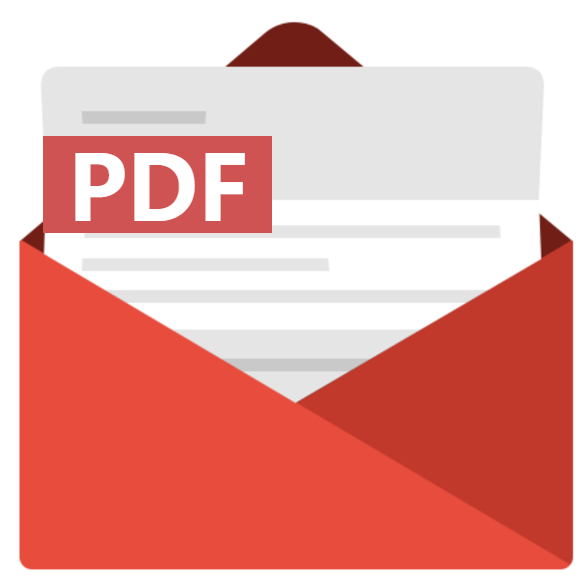Home > Healthcare > Medical Devices > Therapeutic Devices > Sleep Disorder Market
Sleep Disorder Market Analysis
- Report ID: GMI5172
- Published Date: Nov 2024
- Report Format: PDF
Sleep Disorder Market Analysis
Based on disorder type, the market is classified into sleep apnea, restless legs syndrome (RLS), insomnia, narcolepsy, and other disorders. The sleep apnea segment generated the highest revenue of USD 13.2 billion in 2024.
- Sleep apnea affects a substantial portion of the population, with obstructive sleep apnea (OSA) being the most widespread form. For instance, according to the National Institutes of Health (NIH), approximately 25 million adults in the U.S. suffer from OSA. The condition is especially prevalent among aging populations and individuals with obesity or other risk factors.
- As awareness of sleep apnea grows, more individuals are seeking diagnosis and treatment, contributing to the segment’s market dominance. Moreover, public health campaigns and efforts by healthcare providers have further highlighted the importance of addressing sleep apnea, increasing demand for related products and services.
- Furthermore, the growing support for sleep apnea diagnosis and treatment through insurance coverage and reimbursement has made therapies more affordable and accessible. In many regions, health insurance providers now cover the cost of sleep studies and CPAP devices, encouraging more individuals to seek treatment. This financial support is particularly impactful for the sleep apnea segment, as it reduces barriers to treatment, expands patient access, and drives market growth.
Based on product, the sleep disorder market is classified into diagnostics and therapeutics. The therapeutics segment is expected to drive business growth and expand at a CAGR of 10.5%, reaching over USD 47.2 billion by 2034.
- Technological advancements in therapeutic devices, particularly for sleep apnea, have significantly contributed to the growth of the therapeutics segment. Sleep apnea devices like CPAP and BiPAP (Bilevel Positive Airway Pressure) machines are considered gold-standard treatments for sleep apnea, providing continuous airflow to keep airways open during sleep. Newer, more compact, and comfortable CPAP devices, coupled with digital monitoring features, have increased patient adherence to therapy, enhancing treatment effectiveness and driving the segment’s growth.
- Moreover, insurance and reimbursement policies covering sleep disorder therapies, including both medications and devices, have also spurred market growth. In many regions, insurance providers now support the cost of sleep studies, sleep medications, and devices such as CPAP machines, reducing the financial burden on patients. This support has made therapies more affordable and accessible, encouraging more patients to seek treatment and driving up the therapeutics segment’s market share.

Based on end use, the sleep disorder market is segmented into home care settings and individuals, and sleep laboratories and hospitals. The home care settings and individuals segment dominated the market in 2024 and is anticipated to reach USD 43.2 billion by the end of the forecast period.
- Many individuals now prioritize the convenience of managing sleep disorders in a home environment over frequent visits to sleep clinics or hospitals. With a variety of effective at-home treatments, such as over-the-counter sleep aids, wearable sleep trackers, and CPAP devices, individuals can monitor and manage their sleep health from home. This shift toward self-management has significantly expanded the market for sleep disorder products designed for home care, cementing the segment’s market dominance.
- Innovations in home-based diagnostic and therapeutic devices have made it easier for individuals to track their sleep patterns and treat conditions like sleep apnea. Portable sleep apnea monitors, wearable sleep trackers, and home sleep testing kits allow for comprehensive sleep assessments outside of clinical settings.
- Additionally, CPAP devices and other airway therapy products designed for in-home use have been widely adopted by individuals with sleep apnea. These advancements enable more accurate diagnoses and effective treatment in home settings, contributing to this segment’s market leadership.

North America sleep disorder market accounted for USD 10.6 billion in market revenue in 2024 and is anticipated to grow at a CAGR of 9.6% between the 2025 – 2034 period.
- The region has a large population affected by conditions such as sleep apnea, insomnia, and restless leg syndrome, leading to strong demand for diagnostic and therapeutic solutions.
- Additionally, widespread access to specialized sleep clinics and high adoption of innovative sleep technologies, like CPAP devices and wearable sleep trackers, support market growth.
- Public awareness campaigns, insurance coverage for sleep disorder treatments, and an aging population further strengthen North America’s leading position in this market.
France sleep disorder market is projected to grow remarkably in the coming years.
- The French population has shown rising concern about sleep health, leading to greater demand for treatments and technologies that address common conditions such as insomnia and sleep apnea.
- The presence of advanced sleep laboratories and skilled sleep specialists supports the diagnosis and treatment of sleep disorders, while government health initiatives help raise awareness and accessibility.
- Additionally, reimbursement policies for diagnostic tests and sleep apnea therapies encourage more individuals to seek medical intervention, driving market expansion.
Japan holds a dominant position in the Asia Pacific sleep disorder market.
- In recent years, technological advancements in wearable sleep monitoring devices and home-use CPAP devices have gained traction, enabling individuals to manage sleep health independently.
- Japan’s commitment to preventive healthcare and public health initiatives to raise awareness about the importance of quality sleep has further propelled market growth in the region.

